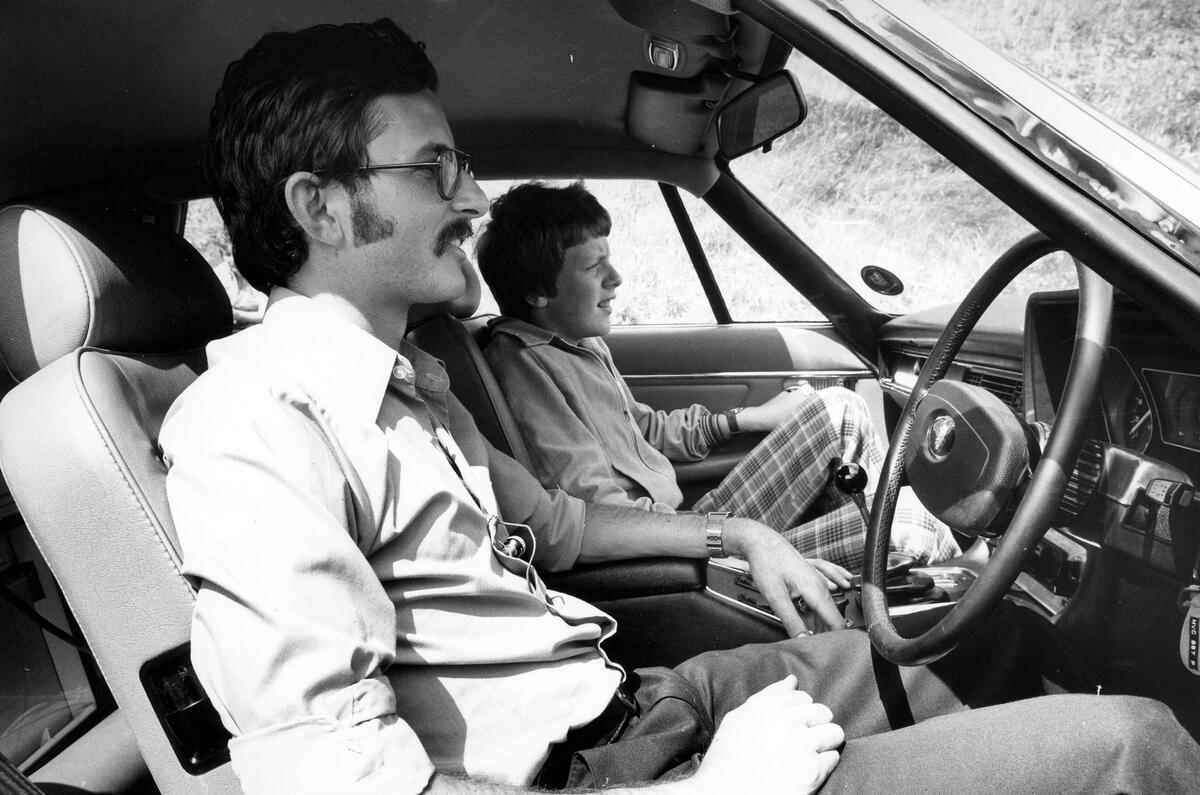A keen interest in fuel economy isn’t a recent phenomenon. Back in the 1960s, many drivers were just as obsessed with teasing as much as possible from every drop of fuel.
“A great many people, willingly or unwillingly, are feeding their cars with much more petrol than they really require to do the work demanded of them,” said Autocar, before going on to offer some advice on frugal driving, which “need not be boring”.
“It is hoped that they may save a few pounds a year, without lessening the enjoyment they obtain from their motoring, for reasonable fuel economy goes hand in hand with an efficiently maintained and well-driven car.”
Tip one was decent upkeep of your car: “Excessive consumption may be attributed to wear or neglect; in such cases, no amount of economical driving will help much. Any resistance to free motion will increase consumption, as the need to overcome it will require that much more power (and, therefore, petrol) for a given performance.
“Lack of lubrication and binding brakes are obvious examples. Under-inflated tyres, too, give a decided increase in rolling resistance.”
Next there were the common-sense driving tips: anticipate the road conditions and traffic ahead, avoid heavy acceleration, maintain a suitable cruising speed and take advantage of gradients on undulating roads.
“On long journeys there is a tremendous scope for fuel economy, and there need be little, if any, reduction in average speed. The principle is to remember that every time you use the brakes you are wasting petrol – by destroying momentum which has been achieved by burning fuel and which must be restored by burning some more.
“It is a case for smoothness, gentleness and anticipation in every movement, a steady, delicate right foot and as little use of the brakes as possible.”
Autocar practised what it preached: “By using these methods to a reasonable extent on a tuned Sunbeam Rapier, and keeping overdrive engaged throughout a 300-mile journey to the West Country, a figure of 35mpg was recorded, together with an overall average speed of 35mph.
“On another occasion, making an early start and driving hard on traffic-free roads, the same car recorded as little as 20mpg for an average of 50mph.
“In terms of time and money, using top-grade fuels at 5s per gallon, this meant that the journey cost £2 2s 6d at an average speed of 35mph and £3 15s at 50mph, so it cost £1 12s 6d (plus a fair amount of nervous energy) to save two and a half hours.”





Join the debate
Add your comment
Fuel saving devices
Words and pictures mismatch?
What caught my eye was the picture at the top - I'm happy to be corrected but it doesn't look much like the interior of a 1960 Sunbeam Rapier to me........
Stop-Start, the true cost
Agreed stop start makes little difference in the real world